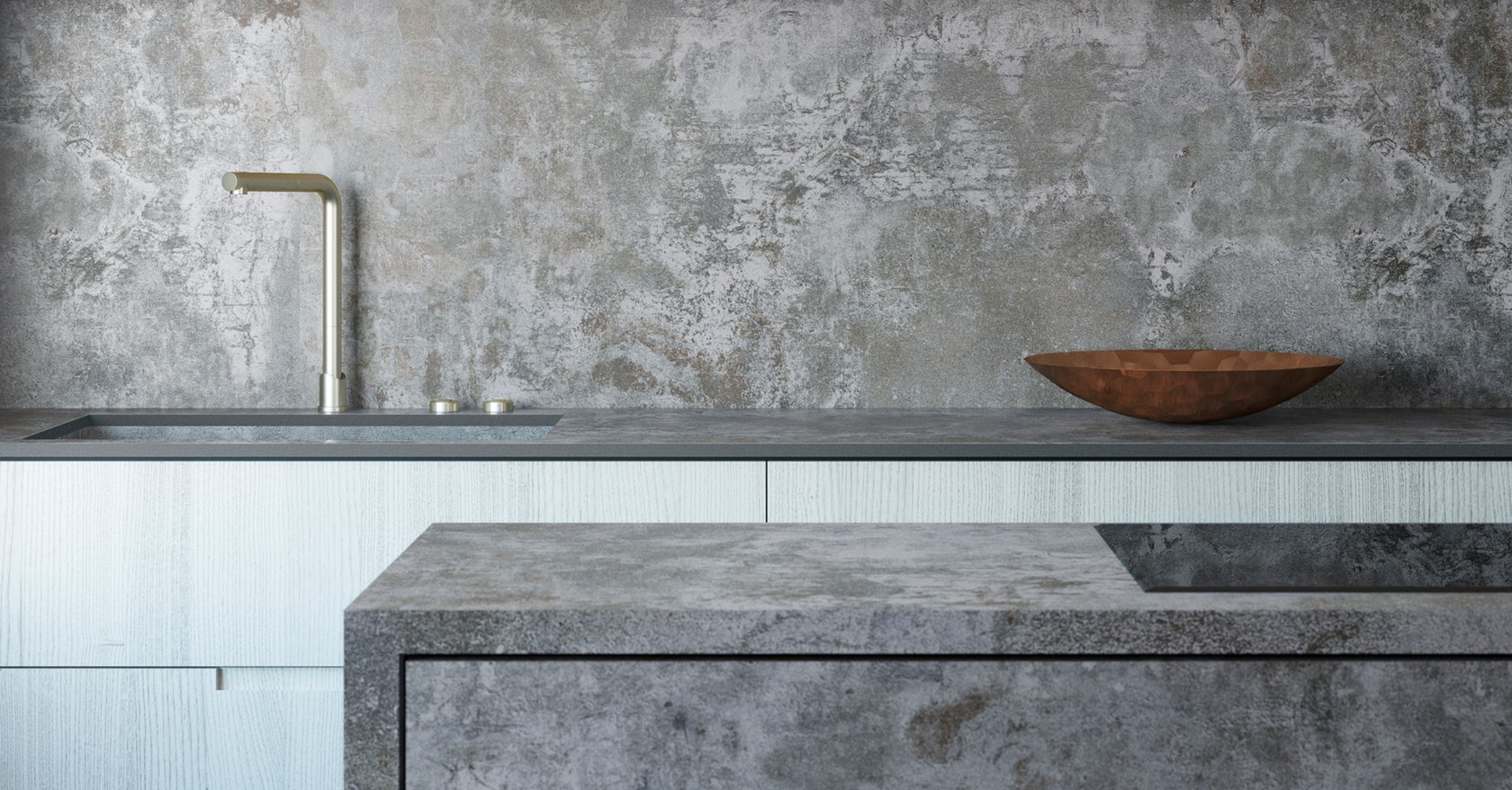Connect with huge architecture firms and gain new business through Architizer’s community marketplace for building-products. Click here for more information.
Pricing: It’s perhaps the most challenging topic of all for manufacturers to talk about with prospective customers, but is also among the most important. Money is a sensitive subject at the best of times, but in construction — where projects budgets can run into the millions or even billions of dollars — it’s even more tricky. The good news is that if you stick to the following guidelines when talking about pricing with architects, you can quickly build trust, gain their confidence and substantially increase your opportunities for repeat business with firms.
The first thing to keep in mind is that pricing is very important to architects — it’s one of the primary factors they must consider when comparing building-products for their project. It therefore pays to be as upfront as possible about cost early in conversations, while ensuring that both parties are clear on expectations.
When Should I Talk About Pricing?
While it makes sense to keep your prices concealed on your website, architects looking for products and materials on Architizer are one step further on in their decision making process — they have a specific idea of what they are looking for. Therefore, you should aim to give them an idea of price range in your opening response, which will allow them to compare products like-for-like.
The inherent complexity of architectural projects means talking about pricing during the early stages of a project is always a challenge. Designs evolve, quantities change. This is ok. Architects and manufacturers understand this, and both parties should therefore approach the pricing conversation with pragmatism. A manufacturer’s initial response is not a formal bid, but it helps architects to beginning collating all the information they need to make design and specifying decisions as the project unfolds.

Via iStock; credit: denis_pc
Consistency Is Key
There are two broad approaches manufacturers use in relation to price when responding to architects’ requests. Giving a price range allows an architect to include their typical cost at the high end, and then include a “value” proposition at the lower end that factors in economies of scale.
For example, perhaps you are the manufacturer of a cladding product that costs $1,200 per panel. If an architect is looking for 100 panels, it might be possible to offer up to a discount of up to 20%, depending on the specifics of the project. Therefore, the range given to the architect might be $100,000 to $120,000.
Alternatively, you can offer a fixed price per unit, often referred to as the MSRP (Manufacturer’s Suggested Retail Price). This is perhaps more common with individual items such as toilets and sinks. The end cost per unit may well be less due to economies of scale, but the baseline unit price should allow architects to compare and contrast their options.
Whichever route you take, the key to both approaches is consistency. Architects need to be able to compare “apples to apples” when it comes to building products, and if your price information is out of sync with your previous responses or those of your competitors, it can cause confusion. If architects are confused, they are less likely to select your product. Give them a clear idea of what may be possible, and they are more likely to take the conversation with you to the next stage.
Highlight Value (Both Short and Long Term)
Upfront cost is an important consideration for architects, but it’s just one part of the pricing puzzle. As a manufacturer, you should ensure that you communicate the value of your product through the lifetime of a project. While a resilient façade panel or an energy-efficient toilet might be more expensive on a per-unit basis, they might save a client substantial sums of money by contributing to lower maintenance costs or reduced bills for heating, cooling, electricity and water each year.
If you can give a clear idea of these savings to architects, they will factor this into their decision making process. Ultimately, the true value of each building-product lies in its cost at the beginning, middle and end of a building’s life, and it’s vital to emphasize this fact during your conversations with architects.

Via iStock, credit: kitzcorner
Transparency Builds Trust
As with any professional relationship, good communication and transparency is the key to success. Be honest with architects about the nature of your product and the cost implications of selecting it. For instance, if you are a manufacturer of high end goods and an architect is looking for a more economical choice due to a tight project budget, be upfront with them about this.
Even if this means you don’t get selected for the project in question, the architect will appreciate you being open with them. This in turn will increase the likelihood of them coming back to you for a future project when your product is the right fit. Building relationships with architects should be viewed as a “long game”, and the conversation around pricing is just another aspect of this.
Given the nature of architectural design, no two conversations about price are going to be the exactly the same. That said, if you are honest, open and helpful to architects on this sensitive subject, you can build great relationships with every firm you talk to. In the end, a professional blend of consistency and transparency will get you everywhere — and you will soon find the commissions come streaming in.
Top image via iStock, credit: TCmake_photo
Gain leads from major firms such as AECOM, HOK and OMA through Architizer’s community marketplace for building-products. Click here to sign up now.









